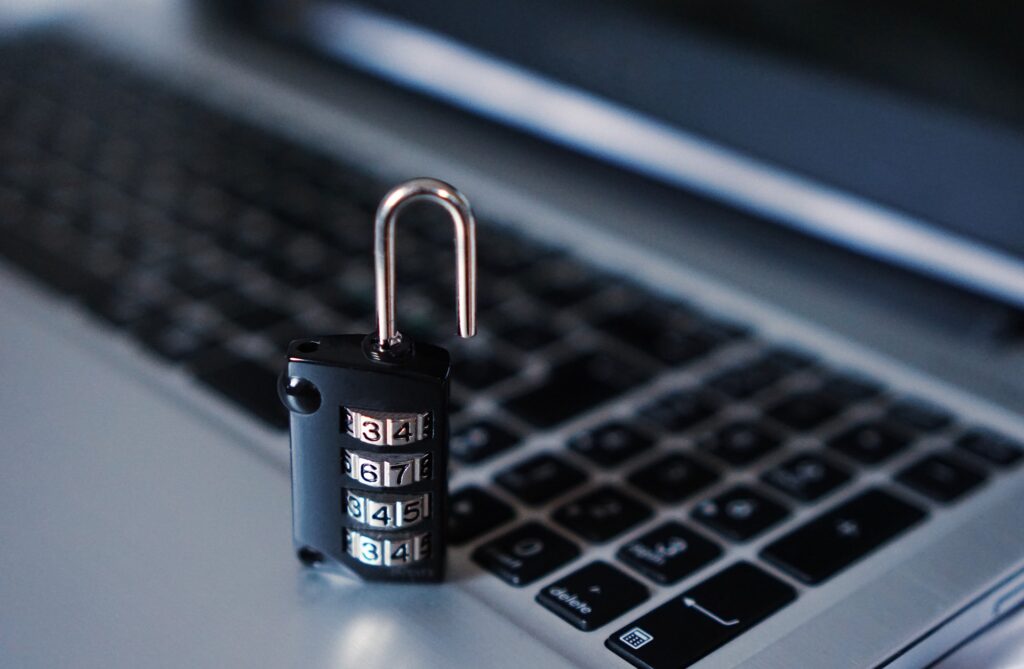
Cybercrime is at an all-time high, and as we become increasingly reliant on technology, so too do the rates of cyber-attacks rise. New hacking techniques arise often as well. In 2020, 61% of organizations surveyed were attacked by hackers, and global businesses collectively lost over $1 trillion due to this cybercrime.
One of the best ways to protect yourself, your personal devices and accounts, and your business from these attacks is to use a reliable verification system like multi-factor authentication, or MFA. You may already have encountered MFA when doing online banking, or when transferring funds to your online casino account to play Grand Rush Pokies. Read on as we delve deeper into MFA and the protection it provides.
Understanding Multi-Factor Authentication
MFA is a technology that requires you to go through a multi-step digital process in order to access your online accounts and banking accounts. The traditional username and password verification systems are not always enough to keep hackers out, so MFA provides an extra level of security to ensure that you are the true owner of an account.
This form of authentication requires you to offer additional information to verify your identity. It’s unlikely that anyone else will know this information, which is why MFA is one of the leading security standards today, especially when it comes to protecting digital accounts.
How MFA Works
Multi-factor authentication uses three sets of extra information to improve the security of your accounts. This data includes:
- Information that only you know, such as a PIN, OTP or password
- A verification tool in your possession, like a smartphone or bank card
- A verification tool that is a part of you, such as your voice, fingerprints or facial biometrics.
This trio of authentication measures ensures that even if a hacker or criminal gains access to your password and username, they are extremely unlikely to have your bank card, smartphone and fingerprint scans as well.
In some cases, MFA can also use your physical location to verify your identity. It achieves this by using your geolocation or your device’s IP address. If anyone tries to access your accounts from an unfamiliar location, the system will either block access or ask for additional verification measures to make sure that you are who you say you are.
Other MFA systems use risk based or adaptive authentication to monitor and flag suspicious activities. These may include attempts to access accounts during unusual hours and at unfamiliar locations, using unrecognized devices to access accounts, and using VPNs or unfamiliar networks.
How MFA Protects You
Multi-factor authentication is a proven measure that protects your data and your online accounts from hackers and cyber criminals. It provides robust access management systems to prevent the loss of information and account access through ransomware and other fraudulent tools.
Websites that use MFA to secure your accounts can generally be trusted, as they have taken the necessary measures to protect you and your personal information as a user. In some cases, you will need to enable MFA manually in order to give yourself the best possible protection online!


